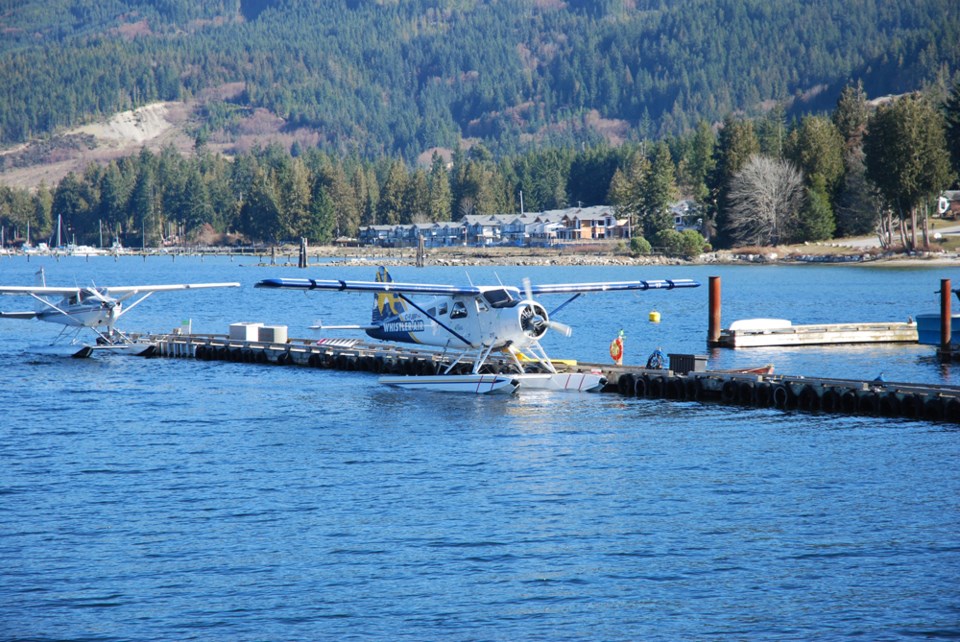Travellers taking floatplanes in and out of Sechelt will have to get used to wearing personal flotation devices.
Changes to Canada’s aviation regulations announced by federal Transportation Minister Marc Garneau on Feb. 6 require “passengers and crew of commercial seaplanes with nine passengers or less to wear an inflatable flotation device while the aircraft operates on or over water.”
Floatplane companies have 18 months to put the new regulation into practice.
Many of the floatplanes serving the Sunshine Coast are de Havilland Beavers, which typically carry up to six passengers.
For larger aircraft that carry between 10 and 19 passengers, flotation devices will have to be carried in the cabin, but passengers will not have to wear them in-flight.
Garneau said the new regulations are in response to recommendations made by the Transportation Safety Board (TSB) following a 2009 accident in Lyall Harbour on Saturna Island and a similar crash in Ontario in 2012.
The TSB report on the Lyall Harbour crash, where six people were killed, said, “Two occupants were able to escape from the aircraft, but neither managed to retrieve a life vest. Had they not found nearby boat bumpers to stay afloat, they could easily have drowned. It has been shown that those inside a sinking aircraft either do not have enough time to locate and don a life vest or overlook doing so.”
The report also noted that as many as 70 per cent of fatalities in aircraft that crashed and sank in water were from drowning. “Many TSB investigations found that the occupants were conscious and able to move around the cabin before they drowned. In fact, 50 per cent of people who survive a crash cannot exit the aircraft and drown.”
As well as the recommendation on flotation devices, the TSB said “seaplanes [should] be fitted with regular and emergency exits that allow rapid egress following a survivable collision with water” and most are now equipped with special pop-out windows.
The new regulations introduced this week also call for mandatory pilot training on how to exit an aircraft under water. Floatplane operators have 36 months to ensure all their pilots have the training.
"Our government understands how important a safe and reliable seaplane industry is to the economic and social development of Canada's coastal and northern communities,” Garneau said in a release announcing the changes. “By mandating that passengers wear personal flotation devices while on or above water, and by strengthening requirements for underwater exit training for pilots, we're enhancing safety for thousands of Canadians and tourists who rely on seaplanes for their personal and business travel needs."
Josh Ramsay, president of Sechelt-based Sunshine Coast Air, said the new regulations have been expected for some time.
“We are reviewing the regulatory changes with our industry peers and will be making the appropriate changes to comply with the new requirements,” he said.
Harbour Air provided a statement by email.
“We have been working – and continue to work — with Transport Canada to ensure that 100 per cent of our fleet will be covered by the new regulation. While some aircraft would be exempt, we believe all aircraft should meet this new requirement,” the statement said. “Passenger and crew safety is our paramount priority. Currently 100 per cent of our fleet meets Transport Canada’s PFD guidelines. Every passenger has access to an on-board, TC approved PFD while in flight, in the rare event of an emergency. Harbour Air has led the seaplane industry in the placement of pop-out windows. This safety innovation was implemented eight years ago in our Beaver aircraft.”



